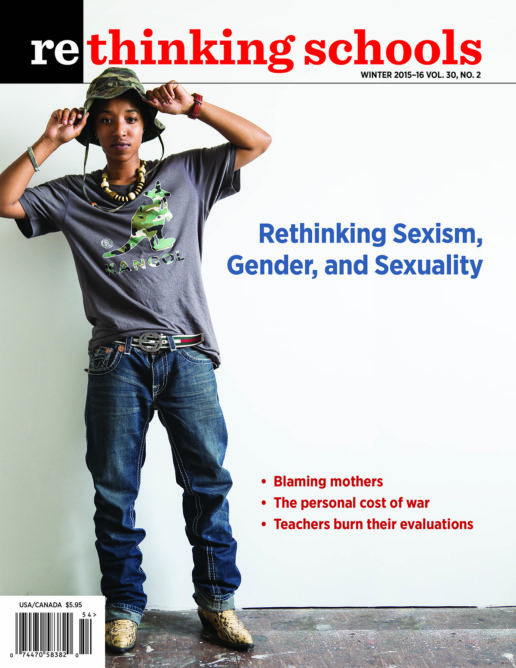Our picks for books videos websites and other social justice education resources 30.2
Board Book
Counting on Community
Written and illustrated by Innosanto Nagara
(Seven Stories Press, 2015)
23 pp.
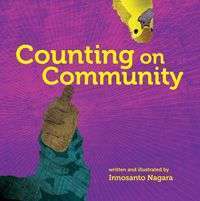
This beautiful little board book, by the author of A is for Activism, introduces the concept of community to toddlers and preschoolers. With colorful text and simple language, Counting on Community teaches children to count as it presents engaging, age-appropriate examples of what community looks like—from sharing toys to counting urban farmers to having a potluck to joining a demonstration. Some of the pages with a range of objects could confuse beginning counters, interfering with the book’s otherwise inspiring nurturing of number sense in the context of community.
Picture Books
Mama’s Nightingale: A Story of Immigration and Separation
By Edwidge Danticat
Illustrated by Leslie Staub
(Dial Books for Young Readers, 2015)
29 pp.
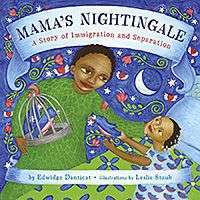
Award-winning author Edwidge Danticat has written a timely story about a young Haitian American girl whose mother was sent to an immigration detention center. After a particularly tearful visit, Saya’s mother tapes bedtime stories for her daughter to ease their separation. As efforts to solicit her mother’s release fall on deaf ears, Saya takes matters into her own hands. With her father’s support, she writes her own story and sends it to a newspaper reporter. Saya’s advocacy draws attention to her mother’s cause and leads to her release.
Although the joyful conclusion may be appropriate in a book for young children, we wish Mama’s Nightingale had closed with an acknowledgement of the countless children whose story does not end as neatly. (For more on this issue, see Grace Cornell Gonzales’ Rethinking Schools article “Who Can Stay Here? Documentation and Citizenship in Children’s Literature,” fall 2010.)
Voice of Freedom: Fannie Lou Hamer, Spirit of the Civil Rights Movement
By Carole Boston Weatherford
Illustrated by Ekua Holmes
(Candlewick Press, 2015)
45 pp.
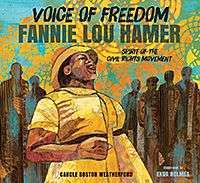
Finally, a book for children about Fannie Lou Hamer, one of the most influential women in the modern Civil Rights Movement. Voice of Freedom is infused with Hamer’s own quotes and the colloquial style that defined her skill as a speaker. It introduces key events in Hamer’s life: growing up in a sharecropping community, getting involved in the struggle for voting rights, a trip to Africa, and her run for the Mississippi State Senate. The earth-toned hues and collages of Ekua Holmes’ illustrations are a visual feast. Although this is a picture book, it is more appropriate for upper elementary grades, given topics such as Hamer’s forced sterilization.
The Amazing Age of John Roy Lynch
By Chris Barton
Illustrated by Don Tate
(Eerdmans Books, 2015)
50 pp.
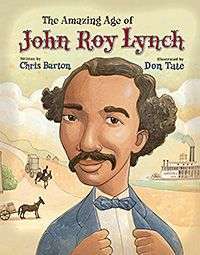
Through the true story of John Roy Lynch, children learn some of the seldom-taught history of Reconstruction. Born into slavery, Lynch decided to stay in his native Mississippi at the end of the Civil War to work with other African Americans to reshape the state and the country. Lynch became a photographer, went to night school, and bought land. Known for his fairness, he was appointed justice of the peace and later elected to the U.S. House of Representatives. But those advances were short-lived. As Chris Barton explains: “U.S. congressman or not, a Black man could still find himself barred from certain hotels. But that wasn’t the worst of it—not by far. Back home, white terrorists burned Black schools and Black churches. They armed themselves on Election Day. They even committed murder.” Due to the graphic portrayal of violence, this book is best for mid- to upper-elementary students.
Chapter Book
Dayshaun’s Gift
By Zetta Elliott
(CreateSpace, 2015)
88 pp.
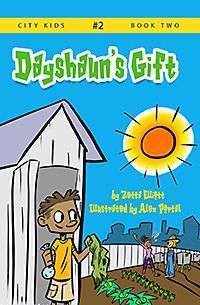
Dayshaun is volunteering—reluctantly—with his mother at the local community garden when suddenly he time-travels back to the free Black community of Weeksville in Brooklyn, New York, during the draft riots of 1863. Writing in the style of the popular Magic Tree House series, Zetta Elliott brings young readers a vital yet little known story in U.S. history from an African American perspective. Dayshaun meets a young girl who explains why the riots began: “A lot of poor white men got drafted into the Union Army, but rich white men could buy their way out for $300. The poor men felt that was unfair, and so they set fire to the draft office. Then the mob started attacking every Negro in sight.” Another youth adds: “The rioters blame us for the war and they don’t want slavery to end.” Before Dayshaun returns to the present, he—and young readers—learn a lot more about the Weeksville community and the riots.
Policy/Activism
Teach For America Counter-Narratives: Alumni Speak Up and Speak Out
Edited by T. Jameson Brewer and Kathleen deMarrai
(Peter Lang Publishing, 2015)
211 pp.
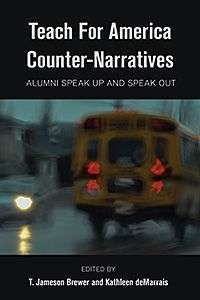
This impressive collection of essays, written by Teach For America (TFA) alumni, offers a well-rounded, meticulous, and sharp critique of TFA. Former TFA teachers and program directors shine light on the personal struggles and cognitive dissonance TFA recruits face as underprepared teachers entering some of the nation’s most challenged school communities. The authors analyze TFA’s ideology, practices, and resistance to criticism, drawing links to neoliberalism, white supremacy, and systemic oppression. TFA alumni who are trying to make sense of their experiences may find comfort in this book; those looking in will be alarmed by the connections to the larger corporate education reform movement.
Brooklyn Dreams: My Life in Public Education
By Sonia Nieto
(Harvard Education Press, 2015)
272 pp.
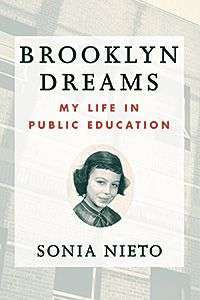
Internationally respected multicultural and bilingual educator Sonia Nieto has influenced the lives of countless teachers through her scholarship, teaching, mentorship, and lectures. Now we learn about the experiences that influenced Nieto, from growing up in a working-class Puerto Rican family, to teaching in New York City, to her activist role with the bilingual education program at Brooklyn College. Nieto’s autobiography encourages the reader to reflect on the forces that shape one’s own life as an educator and education activist. It is also an introduction to the struggles that led to many education programs we take for granted today.
Video
Beyond Recognition
Directed by Michelle Grace Steinberg
(Underexposed Films, 2014)
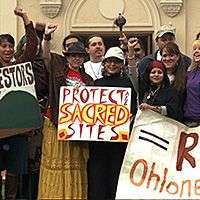
There is a lack of teaching materials about the struggles and resistance of Native Americans who live in urban areas. Beyond Recognition helps fill that gap. This brief documentary is centered on the work of Corrina Gould, an Ohlone elder who is trying to save the culture and sacred spaces of her people in the San Francisco Bay Area. Along the way, we see her teaching young students the history of the land they live on, and learn about the difficulties faced by the 80,000 Native Americans who belong to tribes without federal recognition. We follow Gould’s participation in a series of campaigns to save Native American sacred ground and the beginning stages of a new idea: a women-led urban Indigenous land trust.

